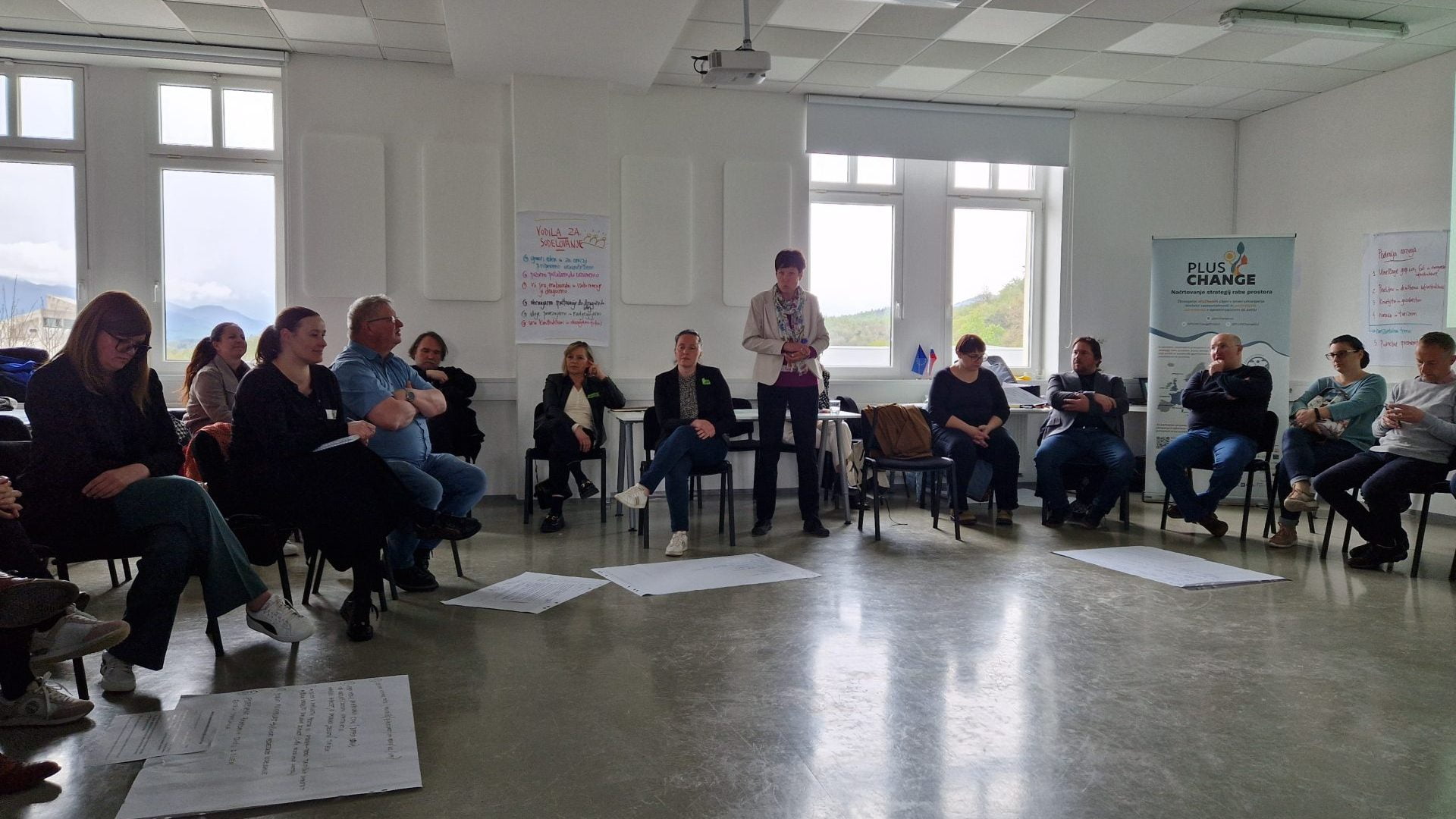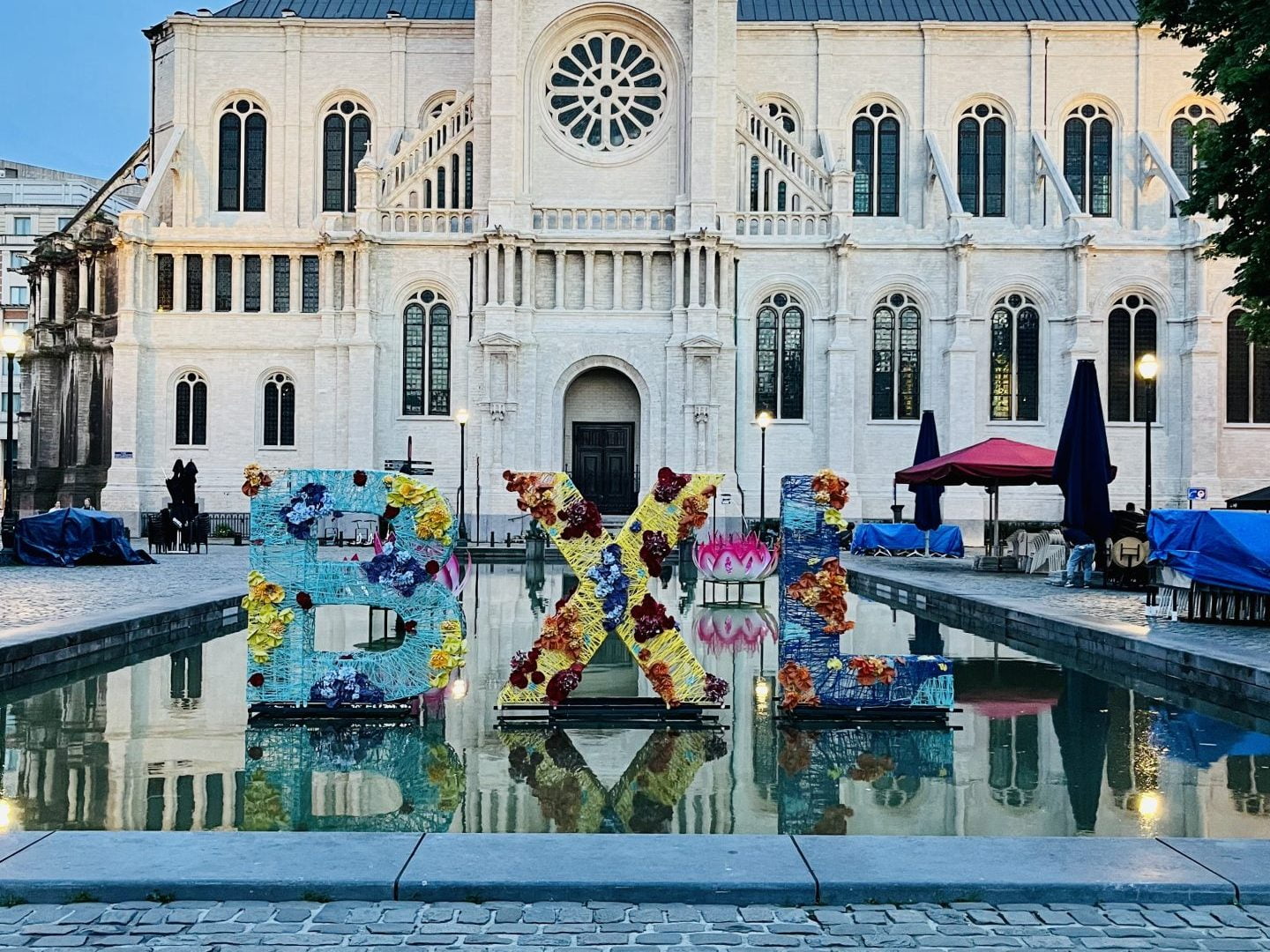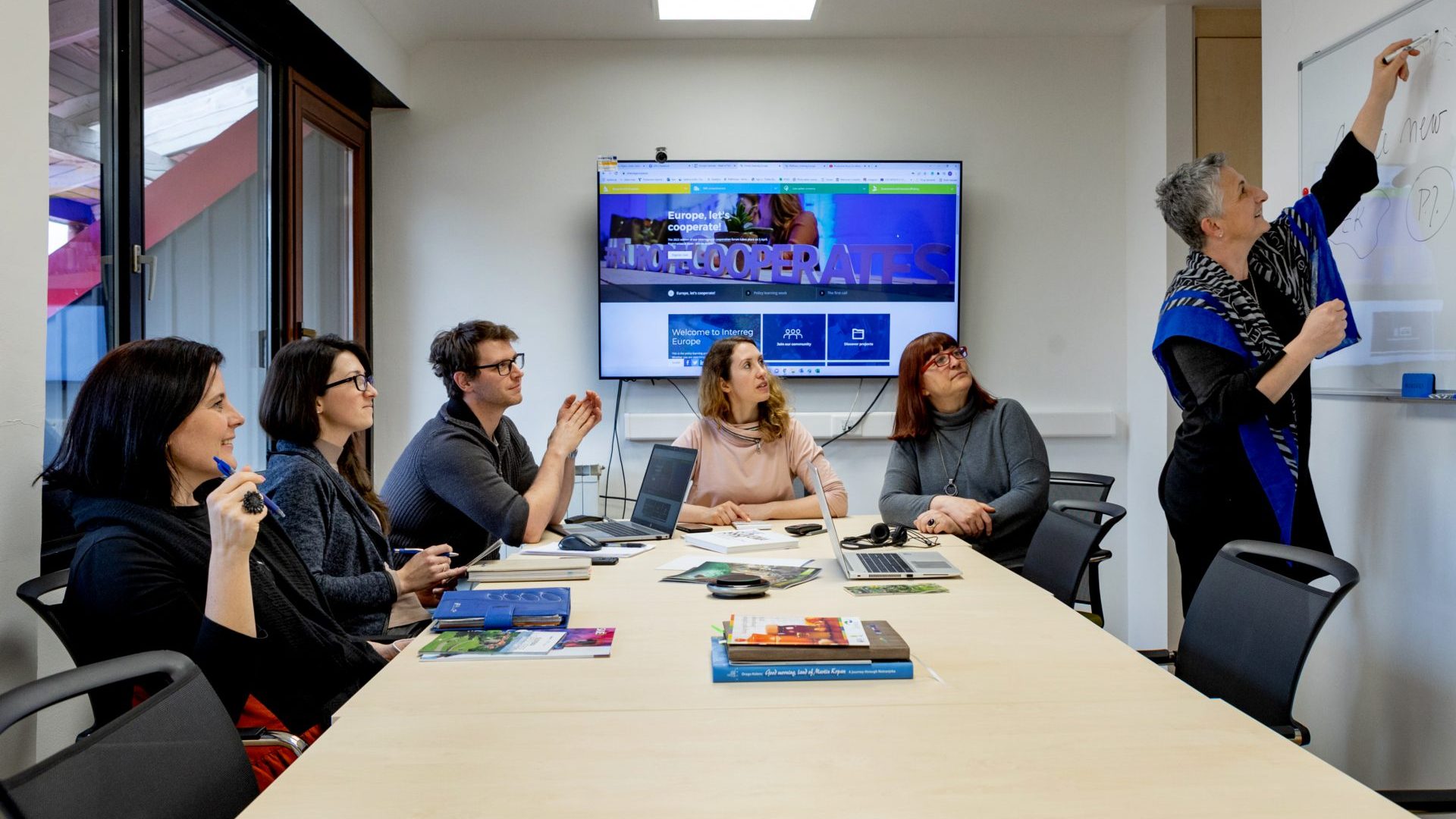
Green Karst (SL)
The Green Karst region boasts a rural and well-preserved natural landscape, with 73% of land covered by woods and 54% designated as a Natura 2000 area. It covers 1456 km2 and has a population of 53,092. The developmental paradigm is to combine sustainable economic growth with nature preservation.
The landscape is made up of karst stone formations and numerous bodies of water, as well as forests and meadows. It has a high level of biodiversity, hosting all three European large carnivores and a UNESCO site consisting of primeval beech forests. Notably, the region has three remarkable caves—Postojna, with a cave train takes that takes visitors underground, Križna, containing subterranean lakes, and Planina, which is famous for Europe’s largest confluence of subterranean rivers.
Focus area and Challenges
Despite its rich natural landscape, the area is also one of the less economically developed regions, due to its traditional industry and production-oriented economy. The main challenges and priorities stem from the lack of strategic land use planning in Slovenia over the past decades. To address this, the region must prioritise areas for focused efforts in regional spatial planning, aiming to ensure sustainable and strategic land use planning within the Green Karst region.

Objectives
In the Green Karst region, important objectives include better management of residential and industrial zones. Balancing the demand for space for housing and industry with the preservation of forests and protected areas is a major focus. Another crucial aspect is the integration of renewable energy sources into the landscape. All these objectives are driven by the pressing need to address climate change, especially extreme weather events.
Through the project, the goal is to foster dialogue, understanding, and consensus among stakeholders regarding regional challenges. This involves engaging stakeholders on a regional level, specifically focusing on climate change and biodiversity issues. By actively involving stakeholders and fostering collaboration, the project contributes not only at the regional level but also on a national scale. The objective is to identify and implement the most feasible scenarios to effectively address climate change impacts, ensuring a sustainable and resilient future for the Green Karst region.
Photo Credit: Aleš Petrič



